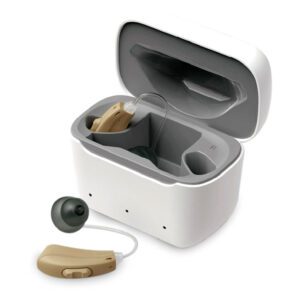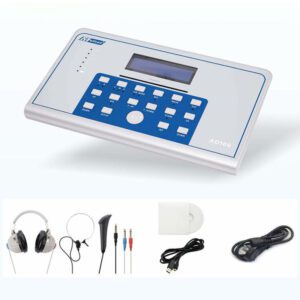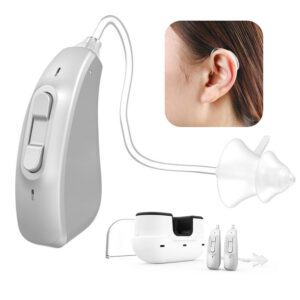Understanding the Varied Cost of hearing Aids
hearing Aids, being complex auditory devices, come in a wide range of prices influenced by various factors. It is essential to recognize these aspects to make an informed decision when purchasing a hearing aid. In this article, we will delve into the main reasons why hearing aids can vary in price, ranging from functionality and technology to brand reputation and design.
1. Functionality and Performance Level: The Core of Price Differences
The functionality and performance level of a hearing aid are fundamental factors that determine its cost. High-end hearing aids, equipped with cutting-edge technologies, boast superior performance in providing precise and clear hearing compensation. These advanced features often come with a higher price tag. Conversely, entry-level hearing aids are more basic, with fewer features and a lower level of performance, making them more affordable for those on a budget.
2. Technology and Research Costs: Pioneering Innovation in Hearing Aids
Developing and manufacturing top-quality hearing aids involve significant investments in research, auditory technology, digital signal processing, and precision engineering. Manufacturers that push the boundaries of innovation often offer advanced features, which can drive up the production costs and, in turn, the final price of the hearing aid. The continuous pursuit of improved technology and better hearing solutions plays a key role in shaping hearing aid prices.
3. Brand and Market Positioning: The Impact of Reputation and Quality
Well-established and reputable brands in the hearing aid industry often command higher prices due to their brand recognition, product quality, and customer satisfaction. The assurance of a reliable product, backed by years of expertise, can influence consumers to opt for higher-priced options. Additionally, certain brands may cater to different consumer segments, offering hearing aids at various price points to accommodate diverse preferences and budgets.
4. Sales Channels and Services: Personalization vs. Cost Savings
The sales channels and services associated with hearing aids also contribute to price variations. hearing healthcare providers and clinics typically offer personalized fitting, adjustment services, and ongoing support. The personalized care adds value to the hearing aid but might come at a higher cost. In contrast, online sales channels or self-purchasing options may offer cost savings, but individuals should be prepared for potential trade-offs in personalized care and support.
5. Design and Aesthetics: Balancing Style and Cost
The design and aesthetics of a hearing aid can impact its price. Discreet, small-sized, or customizable hearing aids often come at a premium compared to standard models. Manufacturers invest in research and development to create sleek, stylish, and comfortable designs, catering to those who prioritize both functionality and aesthetics.
6. Manufacturing and Materials: Quality Matters
The quality of materials used in the construction of hearing aids can significantly influence their price. Premium hearing aids may utilize more durable materials, advanced components, and precise manufacturing techniques, which can increase production costs. These high-quality materials contribute to the longevity and reliability of the device, justifying the higher price point.
7. Research and Innovation: Paving the Way for Tomorrow’s Hearing Aids
Companies that invest heavily in research and innovation to develop groundbreaking technologies and features often set higher prices to recoup their investments. Advancements in noise reduction, connectivity options, and smart features enhance the overall hearing experience but may result in a higher cost for consumers seeking the latest and most sophisticated hearing aids.
Conclusion: Making the Right Choice for Your Hearing Needs
Choosing the right hearing aid involves careful consideration of individual hearing needs, lifestyle, budget, and preferences. While lower-priced hearing aids may provide sufficient hearing compensation, some individuals may find value in investing in more advanced options to meet their specific requirements.
Seeking guidance from professional healthcare providers and conducting thorough research on various hearing aid models and brands is essential to make an informed decision that enhances your hearing experience and quality of life.




